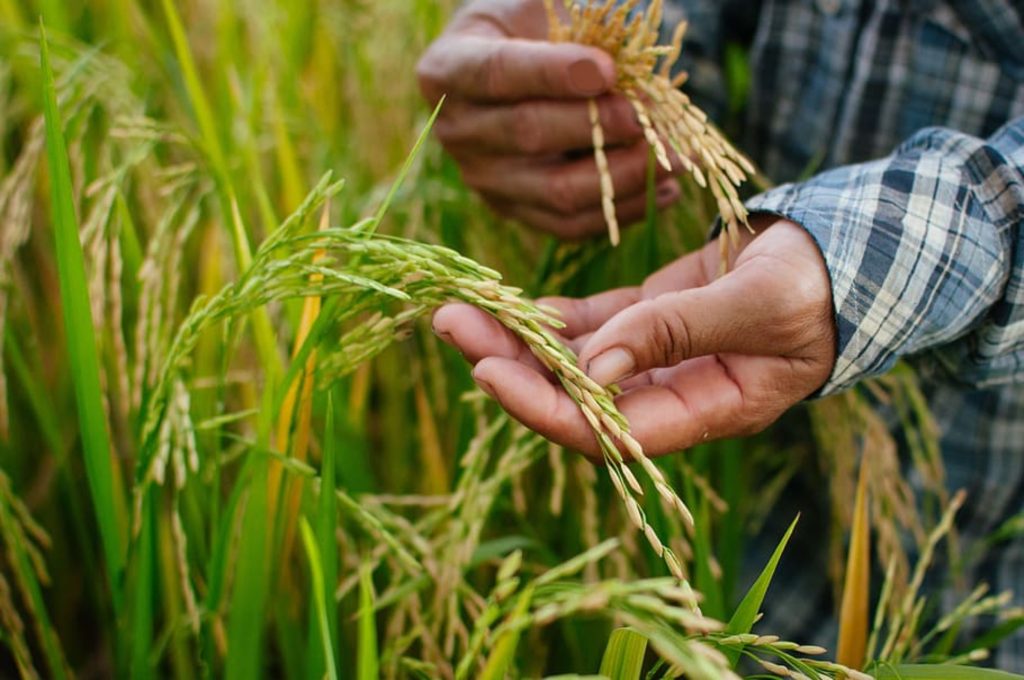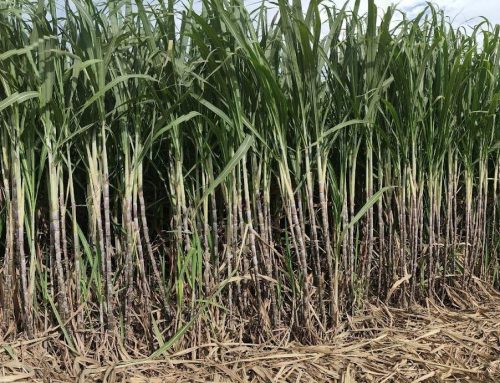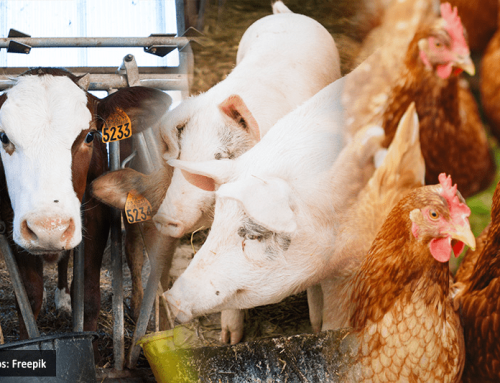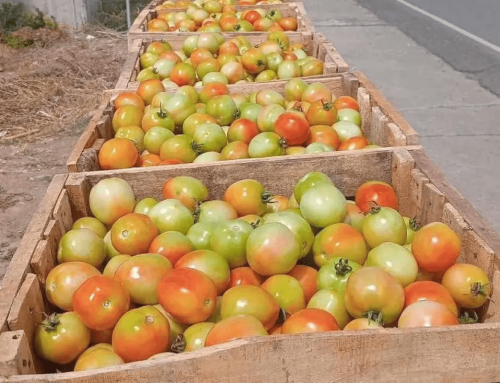In this Article
Discover the complexities of the current Philippine rice industry amid decreasing yields and farmgate prices, rising imports, and government interventions.

Decreasing Rice Yields and Farmgate Prices
On April 30, 2024, the Asian Development Bank (ADB) forecasted that rice production in the Philippines will decrease in 2024 and 2025 due to an expected twofold increase in fertilizer prices following Russia’s invasion of Ukraine. According to ADB, a 30% increase in fertilizer prices would reduce rice yields by 0.10%, while a 50% increase would lower yields by 0.14%, and a 100% increase would result in a 0.24% decrease. This may increase retail rice prices by 8.66% in 2024 and 8.45% in 2025. ADB urges support for domestic rice production, crop diversification, and reduced import dependence to mitigate the impact of higher fertilizer prices.
The decrease in rice production forecasted by ADB is consistent with the findings of the PSA reported on May 1, 2024. In the first quarter of 2024, there was a 1.96% decline in unmilled rice or palay output from 4.78 million metric tons (MT) in the same period last year to 4.69 million MT. PSA’s data also showed a decrease in palay production from key rice-producing regions like Central Luzon, which saw a 10.55% decrease from 867,084 MT to 775,644 MT. The region remained the country’s top rice producer during the period. PSA also released data on the monthly average farmgate prices of palay, which decreased by 4.19% from Php 26.66 per kg in February to Php 25.54 per kg in March, bringing the average farmgate price for Q1 of 2024 to Php 26.33 per kg.
The anticipated decline in rice production poses challenges and opportunities for farmers and buyers. Farmers face the threat of reduced yields and lower profit margins, prompting a shift towards alternative farming methods that rely less on fertilizer. However, this situation also allows farmers to tap into specialized markets for sustainably and organically produced rice, potentially increasing their profits through higher selling prices. Meanwhile, buyers may experience higher retail rice prices, affecting their purchasing power and consumption patterns.
Rice Imports
On April 30, 2024, the Bureau of Plant Industry (BPI) reported a 7.95% increase in rice imports to the Philippines, rising from 1.31 million MT in Q1 2023 to 1.42 million MT in Q1 2024. Vietnam retained its position as the leading source of rice imports, shipping 955,817.87 MT, followed by Thailand with 265,019.64 MT. Simultaneously, the Kadiwa ng Pangulo initiative announced on April 28, 2024, the nationwide distribution of 192,000 25-kilo bags of the imported Piña rice brand, priced at Php 39 per kilogram (kg). This highlights the government’s efforts to stabilize rice prices and provide affordable rice options to Filipinos.
However, with rising rice imports, Filipino farmers may face increased competition. To turn this into an opportunity, farmers may enhance their productivity and explore niche markets for premium-quality rice products. Farmers can strengthen their competitiveness and adapt to evolving market dynamics in the rice industry by focusing on quality, efficiency, and innovation.
Aid for Buyers and Rice Producers
On April 29, 2024, the National Irrigation Administration (NIA) facilitated the recent “Kadiwa ng Pangulo” program in the Bicol Region, where participants sold rice at a discounted price of Php 20 per kg. This initiative aimed to give back to communities by selling rice at affordable prices. Priority recipients, including members of the 4Ps program, the elderly, and individuals with special needs, benefited from the lower price. Additionally, regular customers purchased rice at the standard price of Php 35 per kg. The project, which also included purchasing of various fruits, vegetables, and agricultural products at affordable prices, was made possible through the concerted efforts of NIA officials.
On May 2, 2024, DA reported that cloud seeding operations are being readied in areas affected by El Niño. Assistant Secretary Arnel de Mesa stated that preparations involved coordination with the Philippine Atmospheric, Geophysical and Astronomical Services Administration (PAGASA), the Office of Civil Defense, and the Philippine Air Force. Among the hardest-hit regions is Western Visayas, which has damages reaching Php 1.02 billion and is set to receive cloud seeding assistance. Overall, Php 2.26 billion in interventions have been allocated by DA to 11 affected regions all over the country.
References: Calalo, A.O. (2024, April 28). Kadiwa ng Pangulo to distribute Piña rice nationwide. The Manila Times. Retrieved April 29, 2024 from https://www.manilatimes.net/2024/04/28/news/kadiwa-ng-pangulo-to-distribute-pia-rice-nationwide/1943733
Cariaso, B. (2024, May 2). DA readies cloud seeding in El Niño-hit areas. The Philippine Star. Retrieved May 2, 2024 from https://www.philstar.com/headlines/2024/05/02/2351957/da-readies-cloud-seeding-el-nio-hit-areas
Celario, S. (2024, April 29). P20/kg bigas mabibili sa Kadiwa ng Pangulo sa Bicol. Remate Online. Retrieved April 29, 2024 from https://remate.ph/p20-kg-bigas-mabibili-sa-kadiwa-ng-pangulo-sa-bicol/
Cruz, B.M.D. (2024, April 30). Fertilizer price hikes to curb PHL rice yields, consumption — ADB. Business World. Retrieved April 30, 2024 from https://www.bworldonline.com/economy/2024/04/30/592046/fertilizer-price-hikes-to-curb-phl-rice-yields-consumption-adb/
Miguel, J.A. (2024, April 30). Rice imports up 7.95% to 1.4 million metric tons. The Manila Times. Retrieved April 30, 2024 from https://www.manilatimes.net/2024/04/30/business/top-business/rice-imports-up-795-to-14-million-metric-tons/1943990
Pelonia, A. (2024, May 1). PSA: Palay output fell slightly in Q1; Central Luzon still top producer. Business Mirror. Retrieved May 2, 2024 from https://businessmirror.com.ph/2024/05/01/psa-palay-output-fell-slightly-in-q1-central-luzon-still-top-producer/








